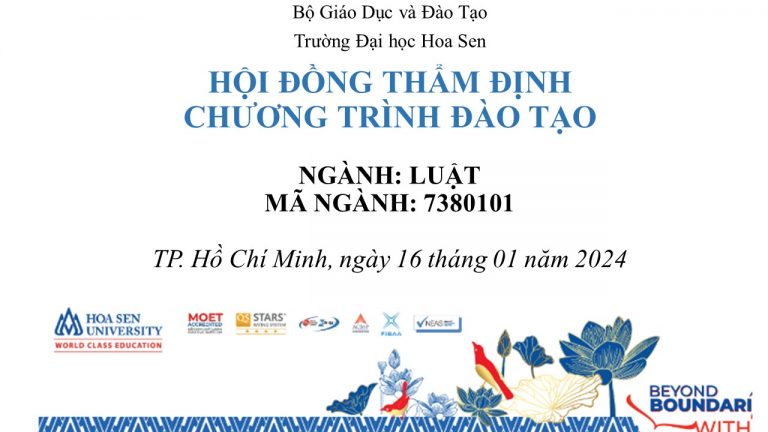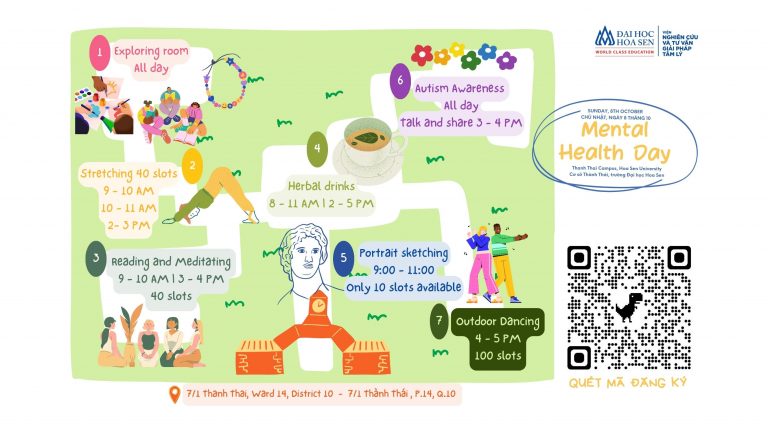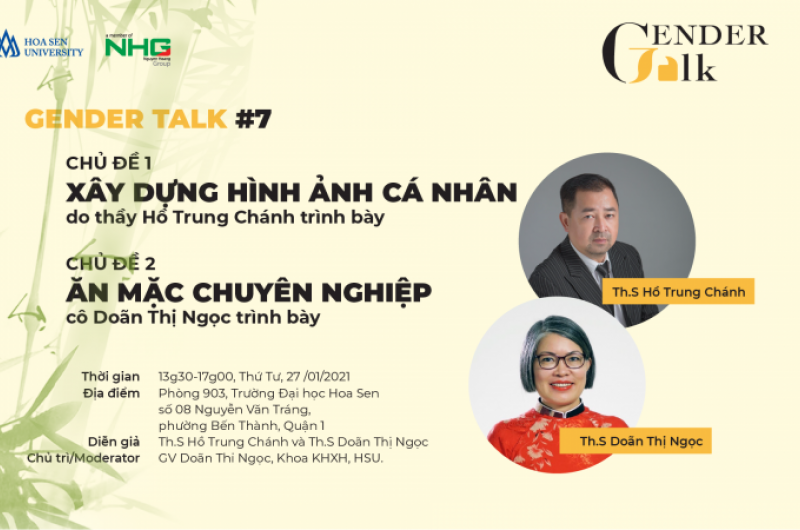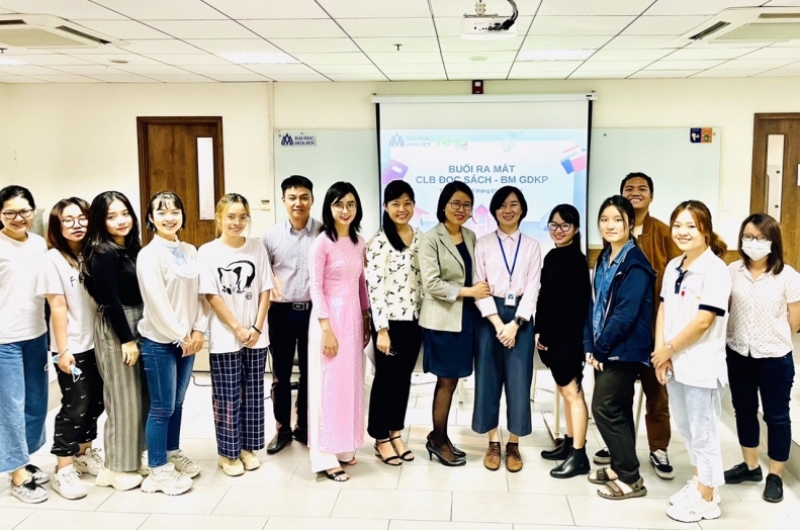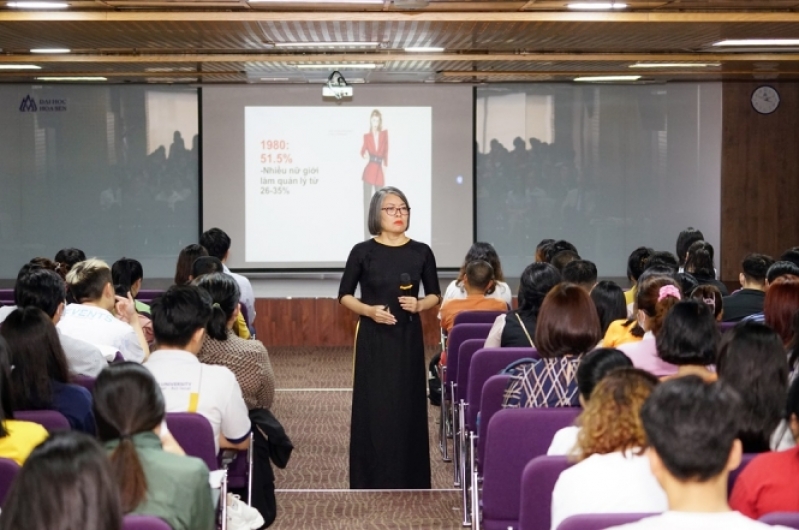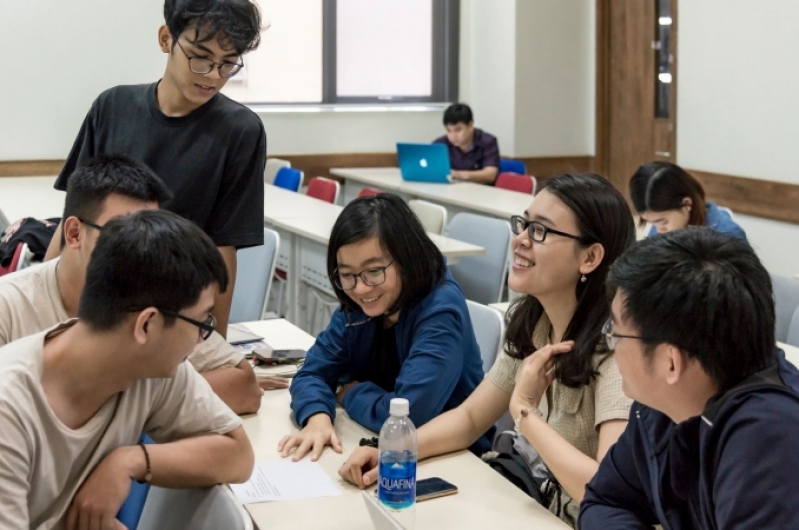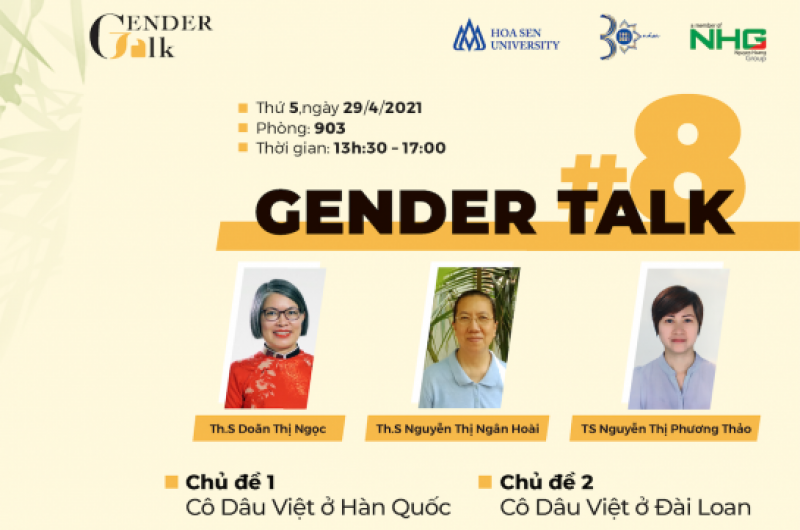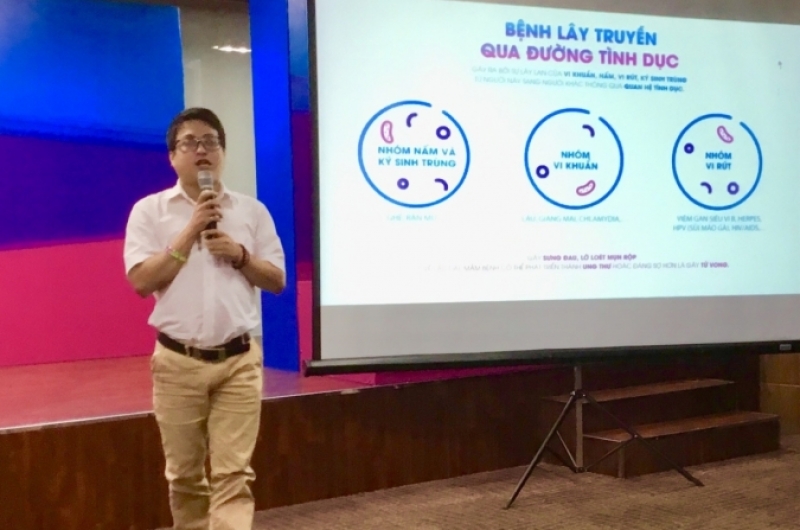“Big data” analysis reveals shocking levels of gender inequality in the creative industries
October 27, 2021
Author: Cath Sleeman – Quantitative Research Fellow, Nesta
Translator: Phan Thi Dong Hoai – Teacher of Hoa Sen University (HSU)
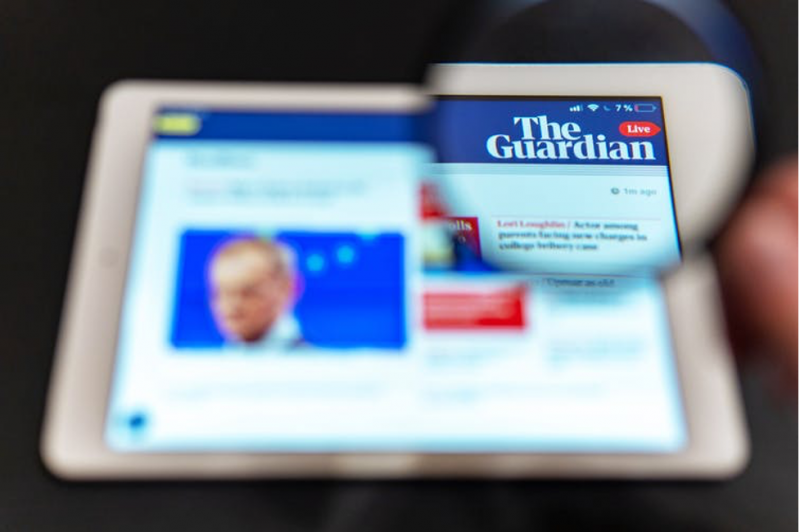
The term “big data” may bring to mind the vast array of personal information kept confidential by technology companies. But in reality, everyone sees a lot of different “big data”, we just don’t think of it as “data”.
Recently, if you go to the movies, you will see data listing the cast and crew along with the roles they play in the film. While a list of any one movie may not yield the necessary information, a list of movies does constitute “big data.” At Nesta and PEC ( a new evidence and policy center for the creative industries ), we have been exploring how this type of unsecured “big data” can inform Gender representation in the creative industry.
Traditionally, gender representation has been assessed using employee surveys. But most surveys have not been around for a long time and it may take several years before we know how gender groups are changing. Additionally, surveys often do not go beyond counting the numbers of women and men – so they cannot help clarify the prominence of each group in the creative process. or how they are depicted in a particular art form.
Dig deeper into the problem
We recently looked at media reporting on women in the creative industry, using over half a million articles from across the categories ( Books, Movies, Fashion, and Games ) related to the creative industry of The Guardian newspaper from 2000 to 2018.
Over the past five years, there has been a significant increase in references to women. From 2000 to 2013, gender-specific pronouns associated with women in news articles (e.g., “he” and “she”) dropped by less than a third. But this changed between 2014 and 2018, reaching 40%. In contrast, the gender profile of workers in creative industries in the UK has remained flat and has remained at around 37% in recent years.
We also researched the words that follow the pronouns “he” and “she,” to better understand the portrayal of creative people in the media. This shows us that, compared to men, people focus more on specific sounds made by women, such as “laughing,” “crying,” “giggling,” and “the whispers” and nonverbal responses, such as “smile,” “grin,” and “nod.” These words are never used very often, but when they are used, they are more likely to refer to women than men (compared to other words).
In contrast, words related to past creative achievements and leadership activities often refer to men. For example, you might see “he directs” more than “she directs”, or similarly other words “he does”, “he designs”, “he manages ” and “he founded”. This finding shows a persistent gender imbalance in the creative industries.
In another study, we used data from the British Film Institute (BFI) containing crew lists from released feature films.
After the BFI inferred gender from their names, we found that gender categories on screen haven’t changed significantly since the end of World War II – and in 2017, women still only account for about 30% of the cast list and 34% of the crew list.
This data also shows gender discrimination in the casting of on-screen characters. For example, since 2005, only 16% of “doctor” characters (in unnamed roles) on screen have been played by women, a fact that shows that the proportion of female doctors in the UK is 46%.
Fairness in the creative industry
We are by no means the only researchers showing the potential of unsecured big data sources to inform gender indicators in creative industries. Researchers at Google, in collaboration with the Geena Davis Institute, used facial and voice recognition technology to show that in the 100 highest-grossing live-action movies in the US, from 2014 to 2016, women only accounted for 36% of screen time and 35% of speaking time.
While “big data” studies can enrich diversity measures, there are two important sources of potential biases. First, we almost always infer gender – from a face, a given name, or a pronoun – and so we can misunderstand a person’s gender. Second, these inference methods typically only detect “male” or “female” gender, but exclude or misclassify anyone who falls into the nonbinary category. For these reasons, “big data” methods are no substitute for surveys – because surveys allow people to self-identify their gender identity and decide not to participate.
Despite potential biases, there are many sources of “big data” that could shed light on gender imbalances, if these data were made available to researchers. For example, they have access to stills and subtitles of films and television programs to be able to appreciate diverse images and information, as well as having access to the content of many More newspapers would allow for broader research and reporting related to creative workers in the media.
To realize the potential of these new approaches, we encourage and support innovative organizations to securely share their unsecured data. It will hopefully allow researchers to be more creative about measuring gender equality in Britain’s creative industries.
The Conversation newspaper and author Cath Sleeman allowed Gendertalkviet to translate into Vietnamese and post the full text. On behalf of the Gender Talk Editorial Board, we would like to send our sincere thanks to the Author and The Conversation Newspaper for allowing us to republish the full text. The contributions of The Conversation Newspaper and the author are very valuable and meaningful.
Source: https://gendertalkviet.blogspot.com/2021/10/phan-tich-du-lieu-lon-big-da…
Source: Big data analysis staggering reveals the extent of gender inequality in creative industries https://theconversation.com/big-data-analysis-reveals-staggering-extent-of-gender-inequality-in-creative-industries-121482
This article is republished from The Conversation under a Creative Commons license.

